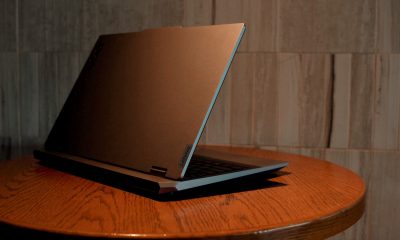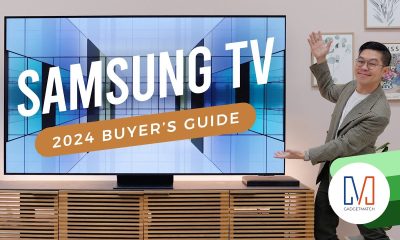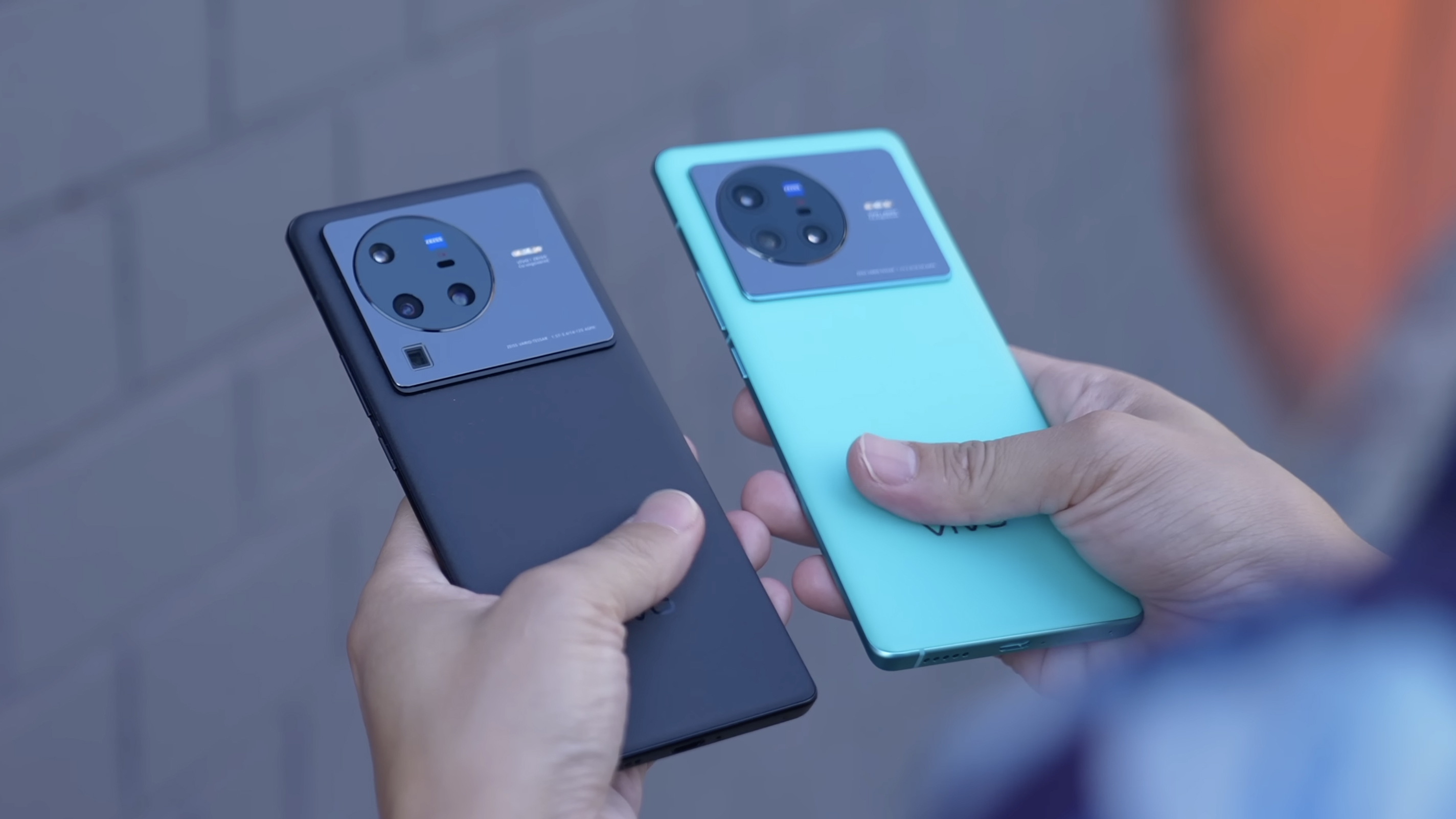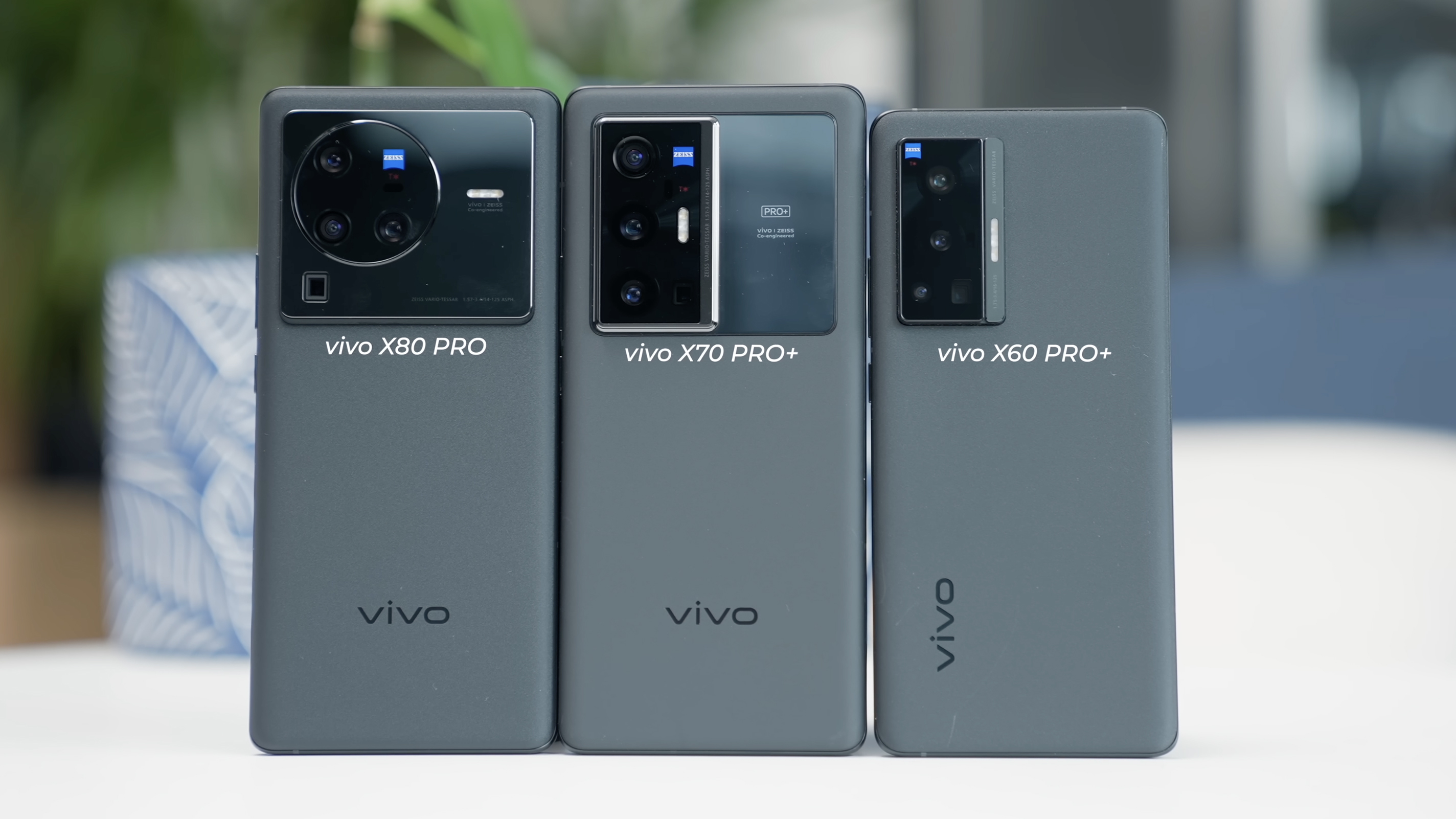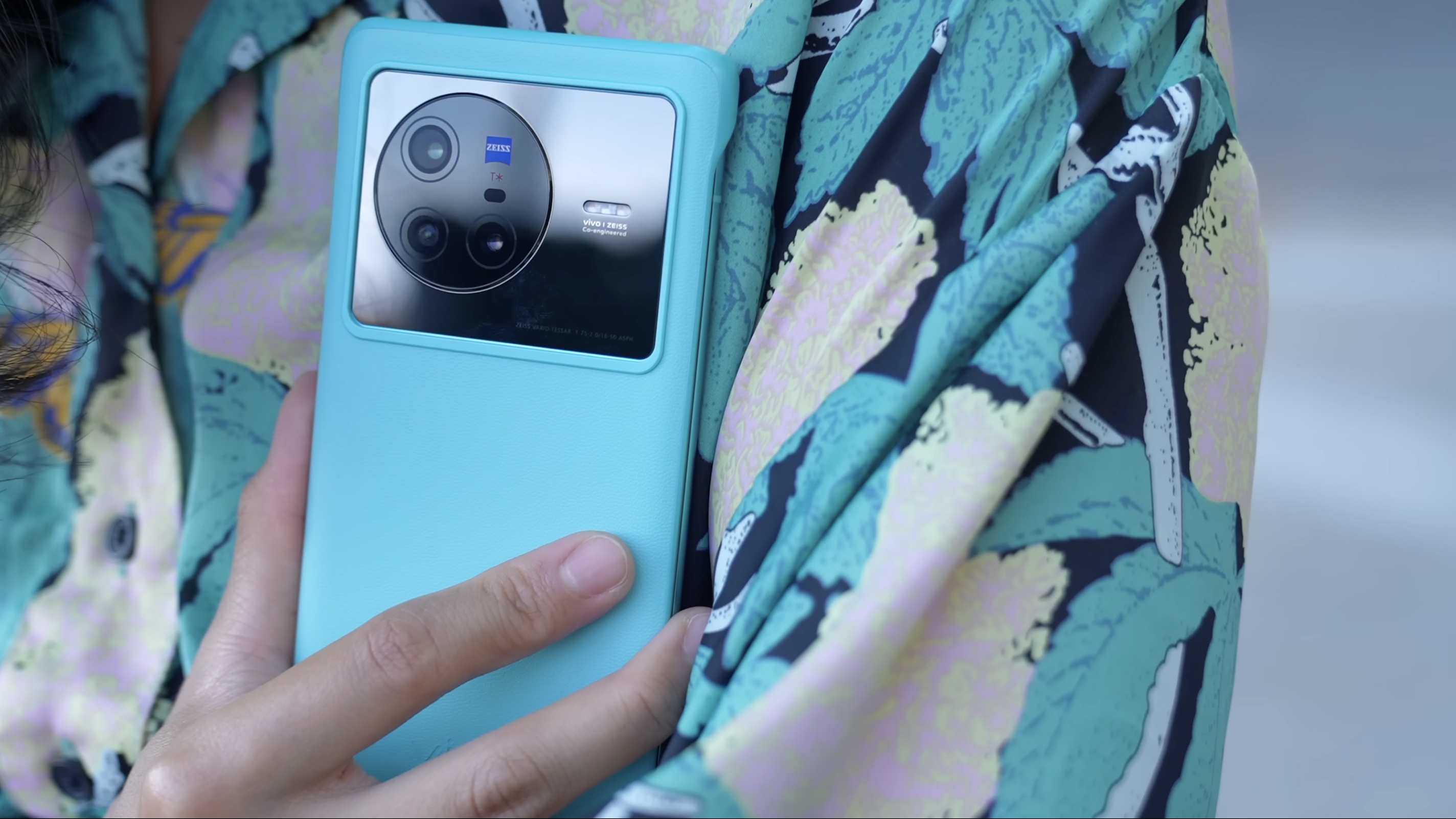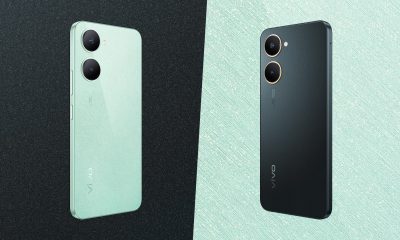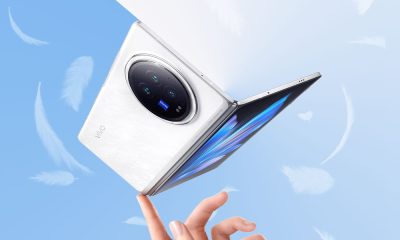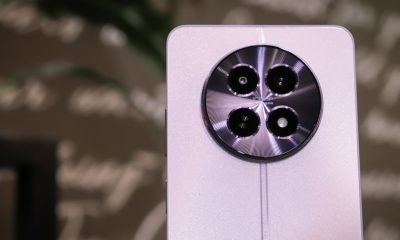We’ve always been impressed by how much value vivo smartphones offer. The X series in particular has had some of the best camera smartphones we’ve tested in recent years. This year’s vivo X80 and X80 Pro are no different.
We partnered with vivo and put together this Buyer’s Guide to figure out which one is your GadgetMatch.
Tale of the Tape
The Vivo X80 is the base model in the X80 series, but it’s no slouch. It’s powered by MediaTek’s Dimensity 9000 processor.
It’s got a 6.78″ HD display, 4500 mAh battery, 80W Flash Charge and 3 rear cameras co-engineered with Zeiss, coupled with OIS and EIS.
It’s going to be available in Hong Kong, Taiwan, India, Indonesia, Thailand, Vietnam, Malaysia, Philippines, Pakistan, and Bangladesh.
The price: INR 59,999 or around US$ 760 when converted.
The Vivo X80 Pro has all the bells and whistles and top of the line specs: Qualcomm’s Snapdragon 8 Gen 1 processor, 6.78″ WQHD+ display, 4700 mAh battery, 80W Flash Charge and 50W Wireless Flash Charge, as well as 4 rear cameras co-engineered with Zeiss.
The rear camera system includes a new 50MP Ultra-sensing GNV sensor and Zeiss Gimbal Portrait Camera.
It’s going to be available in Hong Kong, Taiwan, India, Indonesia, Thailand, Vietnam, Malaysia, Philippines, select countries in Europe, the Middle East, and Latin America.
The price: INR 86,999 or US$ 1100 when converted.
Design
Both the vivo X80 and X80 Pro look and feel premium. They also both come in Cosmic Black, which is a rather classy finish. It’s got a nice shimmer to it.
Our X80 unit comes in a fun Urban Blue color — perfect for the summer.
The back is made of glass, but because of the frosted matte finish it’s not a fingerprint magnet the phones. The phones stay pristine-looking.
The camera module is nestled in a bigger rectangular plate. If you take a closer look, the X80 Pro’s is slightly bigger because of an extra 8MP Periscope lens.
The design is very similar to the previous X-series phones. Some people might find the lack of change rather boring, but I’m glad vivo is sticking to this design language.
For a few years now it has set the X-series apart from other smartphones and has left a lasting impression. Not to mention both phones are built great and feel solid.
If you ask me, I’d take something solid and refined over something flashy and gimmicky.
It’s worth noting that both the X80 and X80 Pro come bundled with matching cases. They’re made of plastic but have a leather-like finish.
Props to vivo for bundling a case that doesn’t cheapen the phone the way a jelly case does.
Display
Both the vivo X80 and X80 Pro sport a 6.78-inch AMOLED display with a 120Hz refresh rate.
This faster refresh rate makes the phones feel snappier; animations more buttery smooth. When playing games that support it, graphics are more fluid also.
On top of that, faster response rates: 240Hz on the vivo X80 and 300Hz on the vivo X80 Pro.
If you’re looking for an extra crisp viewing experience, the X80 Pro is the one to get. Of the two, it’s got the higher resolution W Quad HD+ display.
While Our Great National Parks is best enjoyed on a bigger screen, the vivo X80 Pro is the next best thing when you’re mobile.
Battery Life
One thing that’s hard to show on video, and certainly not something noticeable from daily use, is that the X80 Pro is slightly thicker and heavier than the X80.
One reason is a bigger battery: 4700 mAh vs 4500 mAh.
Battery consumption is different from person to person but both leave plenty of juice in the tank after a heavy day of use. In fact I was getting more like a day and a half with the X80 Pro.
Both phones also support 80W FlashCharge. With the bundled adapter charging speeds were insanely fast: a full charge in just 35 minutes.
X80
10 mins 42%
30 mins 96%
35 mins 100%
X80 Pro
10 mins 42%
30 mins 95%
35 mins 100%The X80 does not support wireless charging. While the X80 Pro supports up to 50W Wireless Flash Charge with vivo’ proprietary 50W Vertical Wireless Flash Charger.
With the said wireless charger you can get to 50% in under 30 minutes.
Cameras
One department vivo has spent a lot of time on over the last few years is its camera technology.
With every iteration of the X series we’ve seen it get better and smoke the competition.
This year vivo’s introducing the V1+, a custom imaging chip that enables a diverse feature set and optimizes energy consumption.
Another reason the vivo X80 and X80 Pro’s cameras are so good is its partnership with German company Zeiss.
I must admit I usually feel cynical about co-engineering partnerships because in a lot of cases it’s nothing but a license to plaster a prestigious camera company’s logo on phones.
My experience of using the X80, and even more so the X80 Pro has me convinced otherwise.
All the lenses on the X80 and on the X80 Pro have Zeiss patented T Star coating, which helps reduce those reflections when photographing lights at night.
Photos taken with the X80 and X80 Pro have none of those. What you get are clear, crisp images. even in the most challenging of situations.
Given its Pro monicker, the X80 Pro’s camera system is superior compared to the X80, headlined by a new 50MP Ultra Sensing Samsung GNV Sensor. Coupled with OIS and a f/1.57 aperture, it can capture photos that even the eyes can’t see in complete darkness.
With the X80 Pro you’re also getting a 8MP Periscope Camera with 5X optical zoom so you can take photos of landmarks even from far away.
It’s also got a 48MP f/2.2 Ultra Wide Angle Camera which makes taking photos of iconic places like Times Square a lot easier.
The new 12MP Gimbal Portrait camera lets you capture clear action shots. It comes with a new Camera Panning feature, which lets you achieve this linear motion blur effect when taking photos of moving subjects.
A lot of smartphones nowadays take excellent photos during the day; the vivo X80 and X80 Pro are no exception but where the X80 and X80 Pro really excel in is night time photography and videography.
In the X80 Pro vivo also introduces XDR photo technology, which, simply put helps manage highlights, shadows, contrast, and color reproduction in the most difficult of scenarios.
Is the vivo X80 or X80 Pro your GadgetMatch?
You can start by asking yourself these questions: What do I use my phone for? How important are top of the line specs to me?
Do I need wireless charging? How often do I take photos and videos? How much am I willing to pay?
If you want top of the line specs and wireless charging definitely go for the Pro Model. I’m confident that it’s one that you can rely on from day to night.
If differing cameras are a concern for you, my thoughts are while the Pro model has better cameras, the X80 still is a solid camera smartphone. You just lose the ability to zoom in 5x.
Definitely do pick up the X80 Pro if you want the best camera in your pocket. I’d say it’s up there among the best Android phones.
Of course with a great camera and advanced features comes a higher price tag. So that US$ 300 difference between the two should be taken into consideration.
Do the benefits make up for paying this much more? That’s something you have to answer based on what means the most to you.
Watch our in-depth vivo X80 vs X80 Pro Buyer’s Guide for you to find out!


With all the options available in the market, shopping for TVs can get overwhelming.
One brand Michael Josh recommends whenever someone asks? It’s none other than Samsung.
They have TVs for every price point and every feature a user might prioritize.
But which one is right for you?
Keep watching our 2024 Buyer’s Guide to find out the latest Samsung TV that best matches your needs.

Looking for the most luxurious case for your beloved AirPods? Fret not!
We’ve compiled our best designer AirPods cases for you to pick and purchase.
Get 20% off Nomad AirPods & AirPods Pro Cases. Use GADGETMATCH20 through January 31, 2024: https://bit.ly/NomadxGadgetMatch
Hermes AirPods Pro Case: https://bit.ly/3v0SZax
Loewe Puffer Goya Case: https://bit.ly/3RIwyzO
Jacquemus Le Porte Bambino: https://bit.ly/47eBL73
Dior Nano Gallop Pouch: https://bit.ly/3NnbQTd
Thom Browne Hector Coin Purse: https://bit.ly/4akCPsA

With plenty of different sizes, models and tech to choose from, do you go QLED or OLED? 4K or 8K? 55, 65, 75, 85, or 98K? Which TV is right for you? This Holiday Season we’ve partnered with Samsung to help you find your dream TV.
This Buyer’s Guide will feature three TVs from Samsung: two from their Neo QLED series, the Neo QLED 4K QN90C and Neo QLED 8K QN900C, and another from their OLED line, the OLED S95C.
If you’re in the market for a new TV, you can get up to $2500 off on Samsung’s Black Friday deals: Samsung Neo QLED 8K, Samsung Neo QLED 4K, Samsung OLED 4K.
-

 Features2 weeks ago
Features2 weeks agoFortify your home office or business setup with these devices
-

 Reviews1 week ago
Reviews1 week agorealme 12+ 5G review: One month later
-
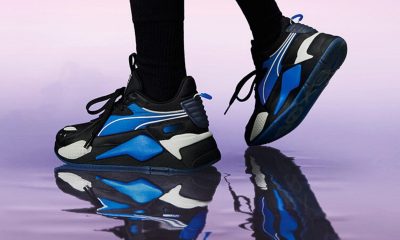
 Gaming2 weeks ago
Gaming2 weeks agoNew PUMA collection lets you wear PlayStation’s iconic symbols
-

 Accessories1 week ago
Accessories1 week agoMarshall Major V: Reasons Why I Love It
-

 Gaming2 weeks ago
Gaming2 weeks agoMore PlayStation 5 Pro specs have been leaked
-
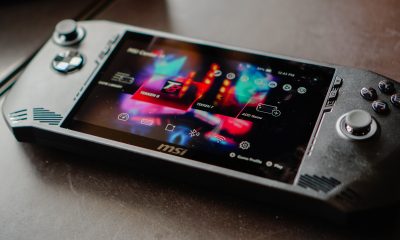
 Features1 week ago
Features1 week agoWhy choose the MSI Claw?
-

 Gaming2 weeks ago
Gaming2 weeks agoUbisoft is taking away copies of The Crew from your library
-

 Gaming2 weeks ago
Gaming2 weeks agoOne Piece Odyssey coming to Nintendo Switch

